The Milk Man Never Dreamed His Route Would End
Born in 1961 and living in Enfield, a small town in Connecticut, the Milkman was a neighbourhood fixture and part of the landscape. It was a landscape of a different time visualized only through memories or a photo today’s kids might find in their grandparents’ photo albums.
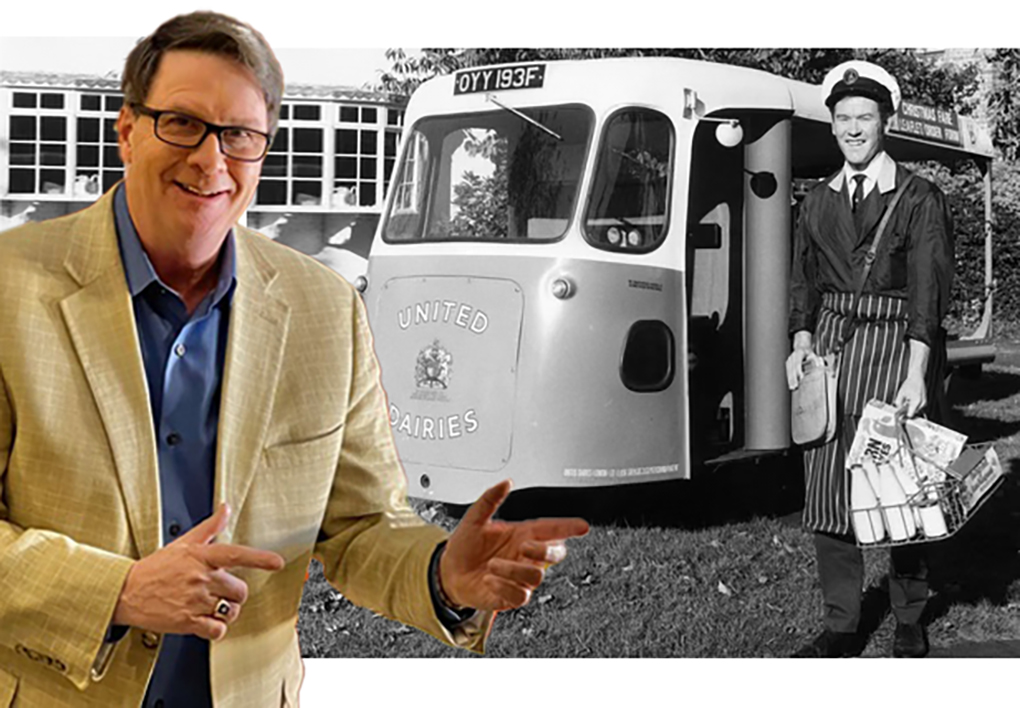
The Milkman’s great relationships with his customers were insufficient to prevent them from leaving him for better experiences. As the Milkman drove his clean white truck through the neighbourhoods, more grey containers were missing from the front porches with each passing day. He witnessed more of his great relationships waving to him as they drove by in the station wagon heading to the grocery store.
Looking back most would think it would have been a better experience not having to go to the store. Why would people prefer the store over home delivery, especially considering how huge Amazon is Today? Remember in the 60’s there was no internet to look for choices and click buy now!
Maybe these shoppers wanted a choice in milk or the entire grocery store experience. Some might even ask why the Milkman business model didn’t fight to remain relevant.
Innovation and disruption are always about changes in processes.
The real disruption to the milkman business wasn’t the grocery store; I believe it was the invention of plastic.
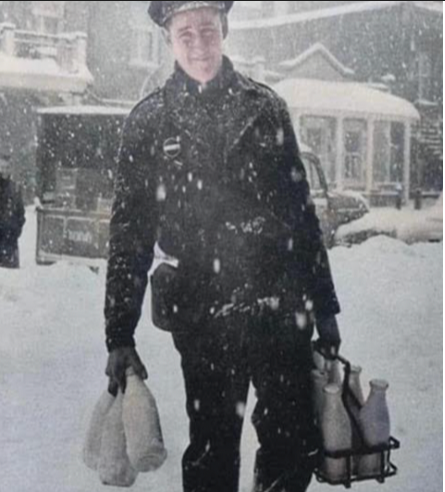
The Milkman’s business model was getting milk to its customers and retrieving the glass bottles to refill for next week. The dairy owners were more focused on getting milk to customers than saving and outdated processes, which currently provided the means for customers to achieve the goal of having milk in their refrigerators.
With the advent of plastic, bottle collecting was unnecessary. With no more need to collect bottles, the dairy industry decided on a better process to engage with its customers: using a much bigger truck and delivering the whole neighbourhood’s milk to the neighbourhood’s grocery stores.
Customers or clients (for those of you who focus on what one calls end-users.) do not buy relationships! End-users buy outcomes.
Yes, based on their relationship with you, they might have decided to use your services to achieve that outcome.
However, business is always about achieving outcomes, and the means to achieve these outcomes will always change.
There’s no better way to describe how your business engages with end-users than to start with this: “Currently, this is how we do it.” The word “currently” instils a mindset that modification is a continuous process.
“It’s in the changes of processes (Innovation) where great relationships fall victim to better experiences.”
I am sure the individual milkmen and the leaders they reported to could not even imagine how going to the store would be a better experience than home delivery; after all, the Milkman was a neighbourhood fixture, a friend of the kids who played in the street, the Milkmen knew all the neighbours where they made their living and loved what they did.
As in most innovations (a change in processes), the old and new ways collide at the intersection of relevance. The old way’s disbelief in the progress of the new way makes it double down on focusing on the past value prop and how that past value prop helped them build great relationships.
As time passes, the old way disappears. Today, milkmen are seen only in memories and old photos. They provided exceptional services until their end-users no longer valued those services enough to pay the fees those old processess cost, and the dairies realized the high cost of maintaining old processes was unsustainable.
In closing, millions of gallons of milk are in refrigerators all over the world today.
All innovations and disruptions are process changes, making the old ways of doing things obsolete. Remember, end-users purchase desired outcomes, and the means to achieve these outcomes are always temporary.
Those organizations fixated on saving old processes will one day witness their end-users waving to them as they pass by, heading to a better experience—an experience that both innovators and the old ways end-users decide is better!
“Status quo is the killer of all that will be invented.”
- Please leave your comments below to the story “The Milk Man Never Dreamed His Route Would End”
- Watch and subscribe to Ray Stasieczko’s industry-leading daily YouTube podcast, “At the End of the Day with Ray.”
- You can contact and watch him on LinkedIn, where he has more than 30,000 followers
Have you found this article, “The Milk Man Never Dreamed His Route Would End,” helpful?
Ray Stasieczko is a forward-thinking and often controversial writer and speaker. You may not want to agree with everything he says, but you are compelled to read and listen. To do otherwise could spell doom.
He has called the imaging channel home for over 30 years, served in various roles, and contributed over 100 articles to the industry’s publications. Ray has also spoken at the RT Media VIP Expos in Cairo, South America and China.
Read Ray’s other blogs:
- Konica Minolta and the End of the FORZA Fantasy
- The Scary and the Scared
- Time to Call out HP Over its False Chip Claims
- Tough Words Konica Minolta Needs to Hear
- Colorless: The Day Businesses Stopped Printing in Color
- Is the Green Missing in HP Subscriptions? Join the conversation at LinkedIn
- Is A3 Market Share Relevant to Konica Minolta’s Future? NO
- The HP Trojan Horse to Capture Your Customers
- Xerox: Between the Digital and Physical Worlds
- ‘Five Years From Now’ Showed Up Early
- Meeting Standards Means Staying Relevant
- Thankfully My Doctor Wrote a Prescription Not My Obituary
- Business Opportunities Offered by this Pandemic
- That’s a Lot of Toner For a Market in Decline
- The Toner Wars Between Cartridge Suppliers
- When Will HP Write the Check to Xerox?
- The Imaging Channel is Not Alone in Needing Diversification
- Making Your Printer Consumables Business Profitable
- Are Acquisitions the Feel-good Drug in a Declining Market?
- Recognizing Disruption as a Creator and not a Competitor
- Managed Print Services is Not the Door to Managed IT Services


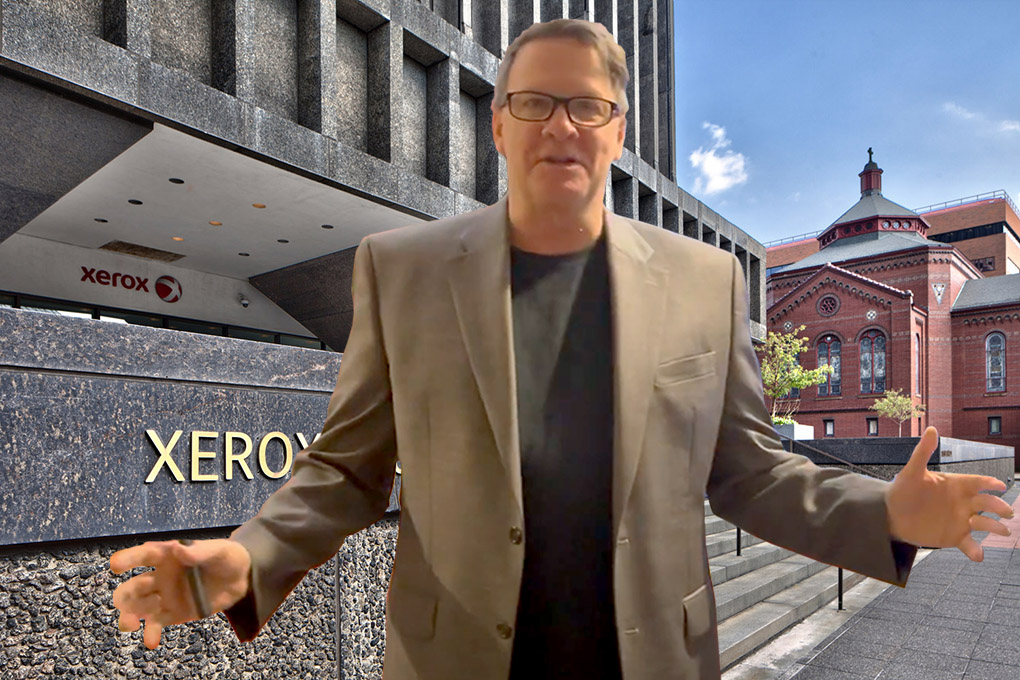
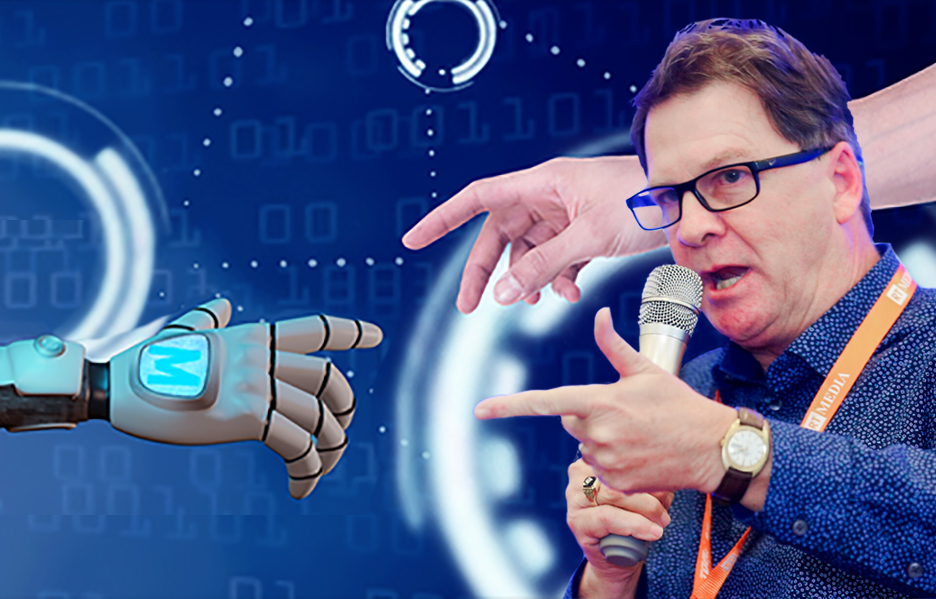
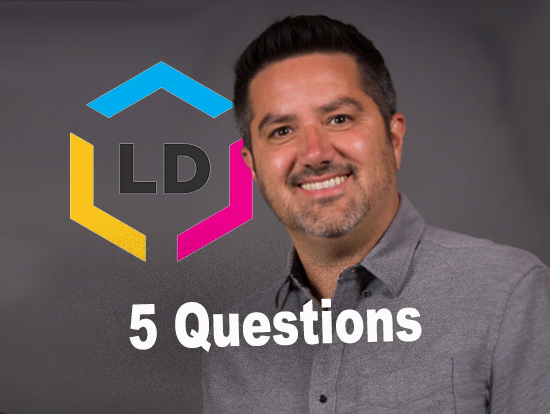

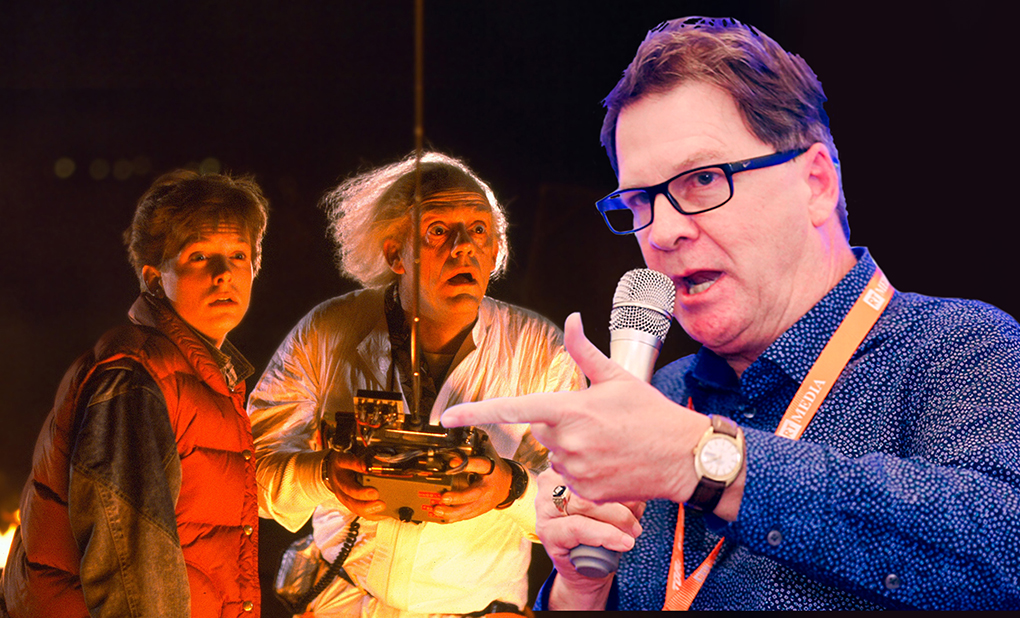
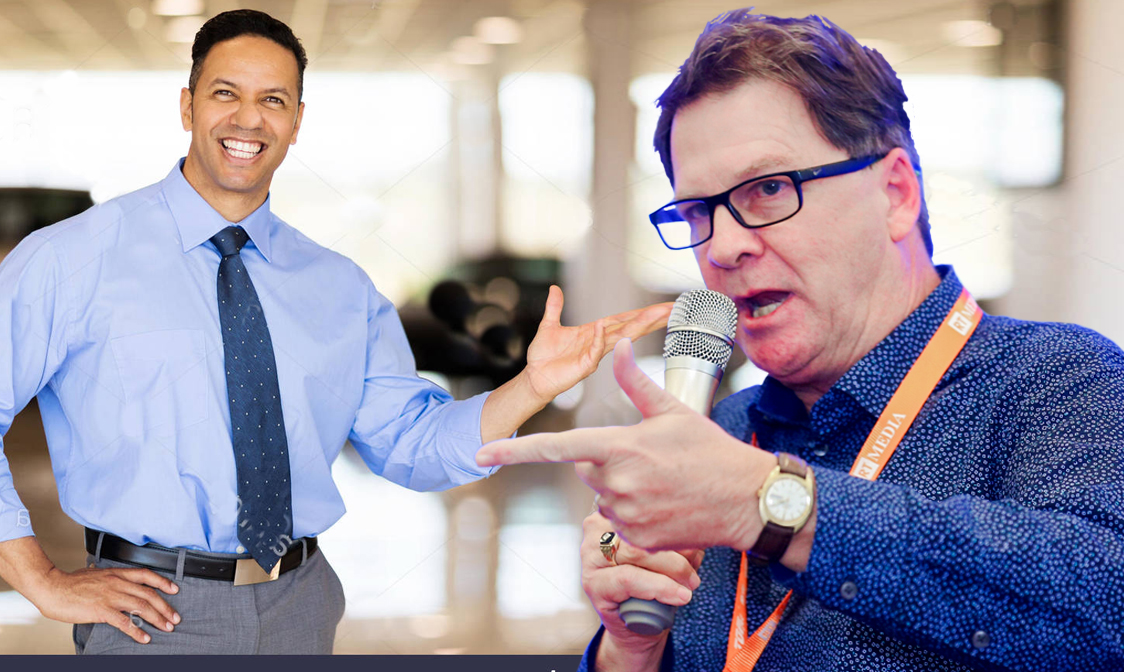


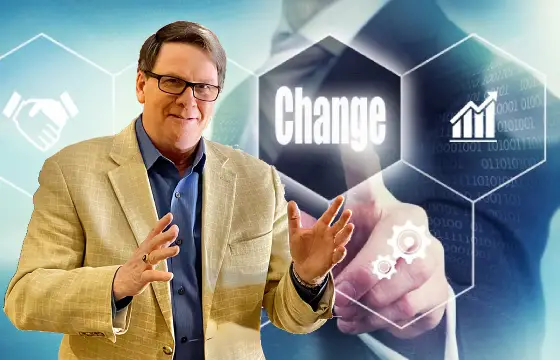
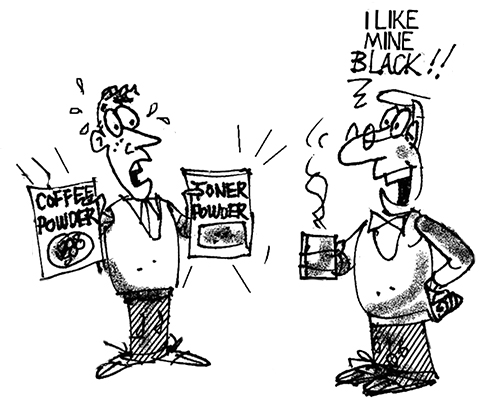
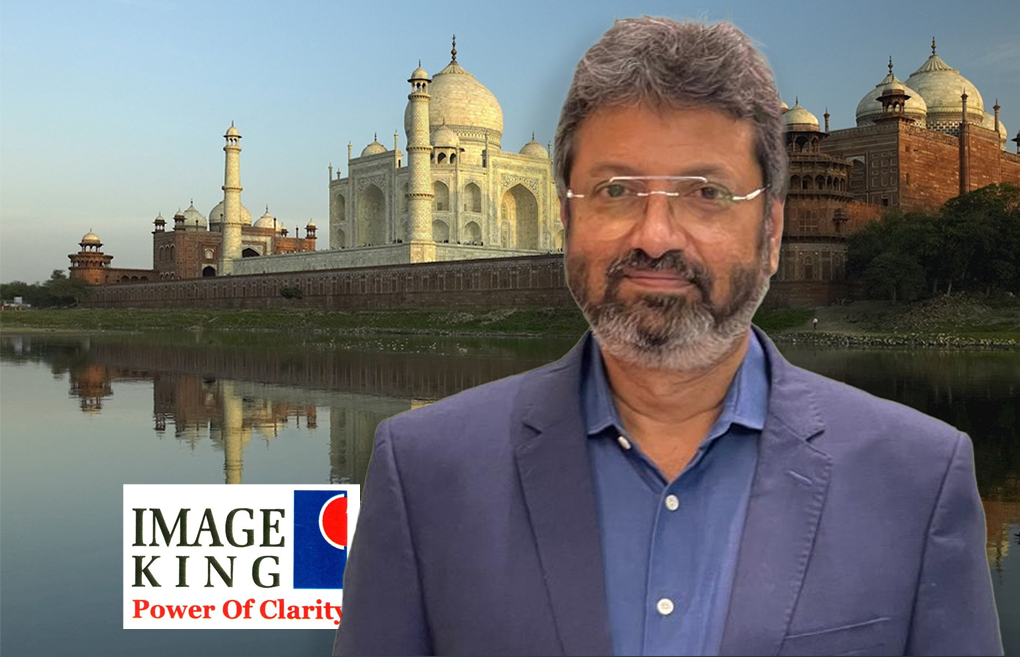
Leave a Comment
Want to join the discussion?Feel free to contribute!